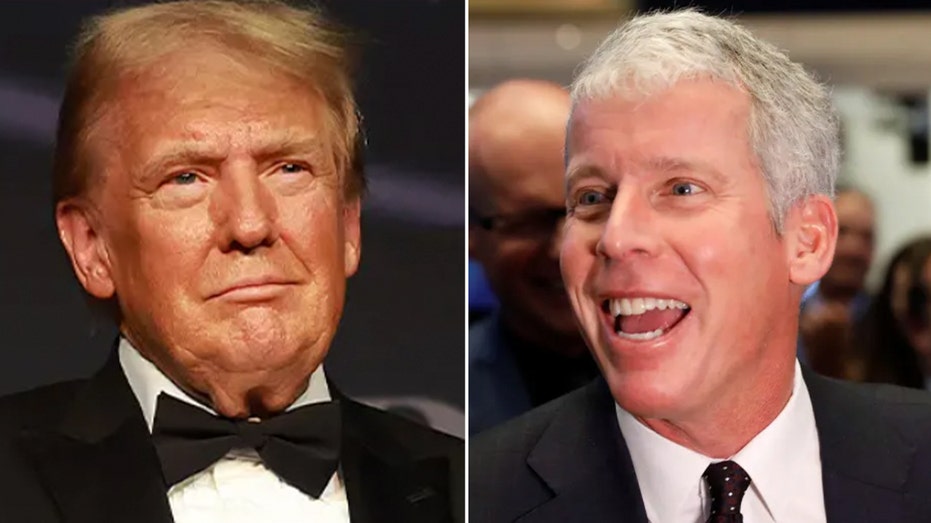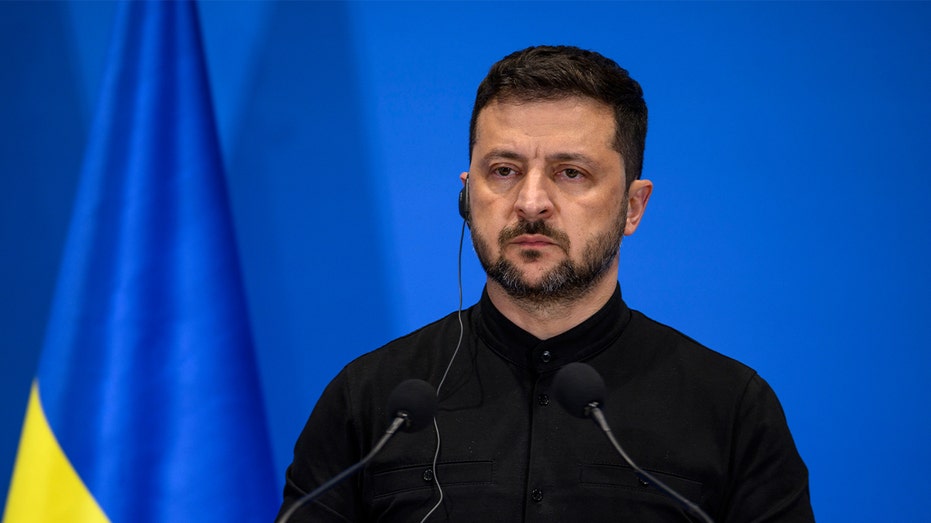Energy Chief Envisions US Nuclear Renaissance: Restoring ‘Pit’ Production and Localizing Nuke Power

Sarah Johnson
March 31, 2025
Brief
Energy Secretary Chris Wright outlines plans to revive U.S. nuclear power and weapons production, modernize technology, reopen plants, and promote Small Modular Reactors for energy and defense.
Energy Secretary Chris Wright is aiming for a nuclear-powered revival in the United States, focusing on both energy and defense. In a recent interview, Wright detailed plans to restore "pit" production, a process dormant since the Cold War, and to modernize nuclear technology for broader use.
"Pits," spherical shells of plutonium about the size of a grapefruit or bowling ball, are critical components of nuclear weapons. The U.S. hasn’t imported pits but hasn't ramped up production since the Cold War's conclusion. Wright intends to change that, pledging to build more than 100 pits during the Trump administration's tenure—a far cry from the single pit produced in the last 25 years. Reviving this effort will involve the same New Mexico lab where J. Robert Oppenheimer and his team developed the first atomic bomb.
Beyond the military angle, Wright is also laser-focused on reviving nuclear energy infrastructure. He’s working to reopen the Palisades nuclear plant in Michigan, which shuttered a few years back. However, no such luck for New York’s Indian Point plant, whose closure under former Governor Andrew Cuomo has left New York City with fewer power options.
Wright has highlighted the potential of Small Modular Reactor (SMR) technology, which he believes could revolutionize power production. Unlike traditional nuclear plants, SMRs are compact and can be constructed off-site, then assembled where needed. This approach could provide efficient energy solutions for underserved communities, remote areas, and sensitive sites like military bases.
"Nuclear power started here in the U.S., and we built a bunch of plants by the mid-80s. Then we just... stopped," Wright said, lamenting decades of stagnation in nuclear infrastructure. He’s now pushing to simplify regulatory hurdles that have slowed progress. A new request for proposals aims to speed up SMR adoption, and states like Alaska are already showing interest. Governor Mike Dunleavy has signed legislation to promote SMRs, citing their potential to power remote villages and resource projects.
Wright didn’t hold back when addressing nuclear energy’s critics. He dismissed opposition as politically driven and baseless. "It just makes no sense," he said, adding that nuclear energy’s safety record in the U.S. is unparalleled, with zero fatalities to date. He also criticized overreliance on intermittent energy sources like wind and solar, pointing out that nuclear provides consistent power regardless of weather conditions.
"The nuclear industry needs to be alive and vigorous," Wright emphasized. Decades of inactivity have eroded the country’s industrial capacity for nuclear innovation, but he’s determined to bring it back. As he put it, this "nuclear renaissance" isn’t just about energy or defense—it’s about reestablishing America’s leadership in a field it pioneered.
Topics
Editor's Comments
It’s fascinating how Wright connects America’s nuclear ambitions to both its past and its future. The revival of pit production at Oppenheimer’s old lab feels like a nod to history, but it’s also a stark reminder of the enormous responsibility tied to nuclear power. On a lighter note, the SMR idea is like the IKEA version of nuclear plants—compact, efficient, and ready to assemble. Let’s hope the regulatory process doesn’t turn it into a frustrating 1,000-piece puzzle.
Like this article? Share it with your friends!
If you find this article interesting, feel free to share it with your friends!
Thank you for your support! Sharing is the greatest encouragement for us.



